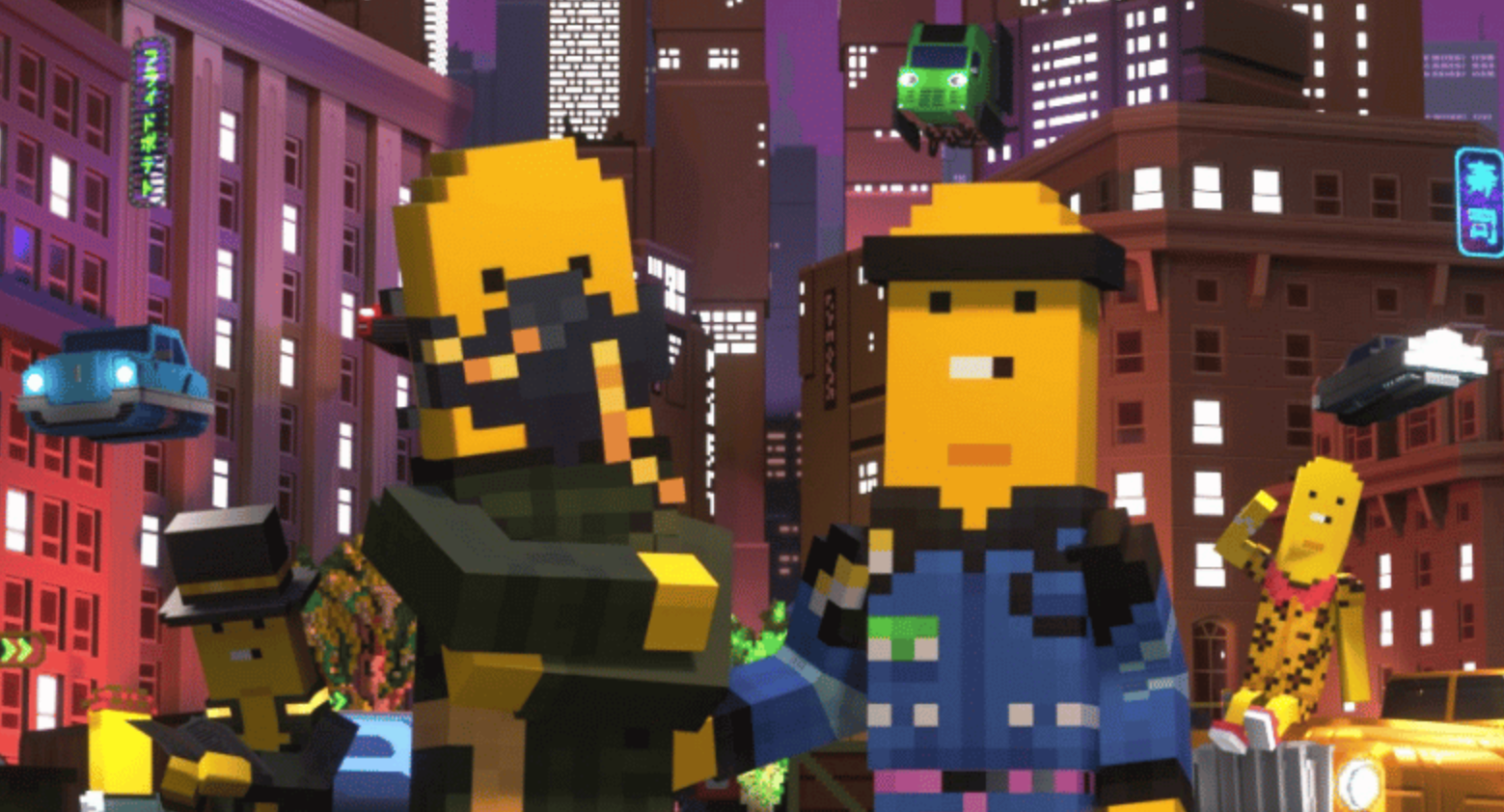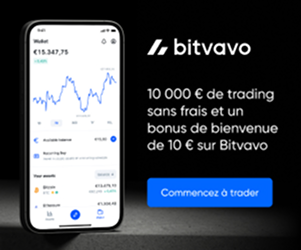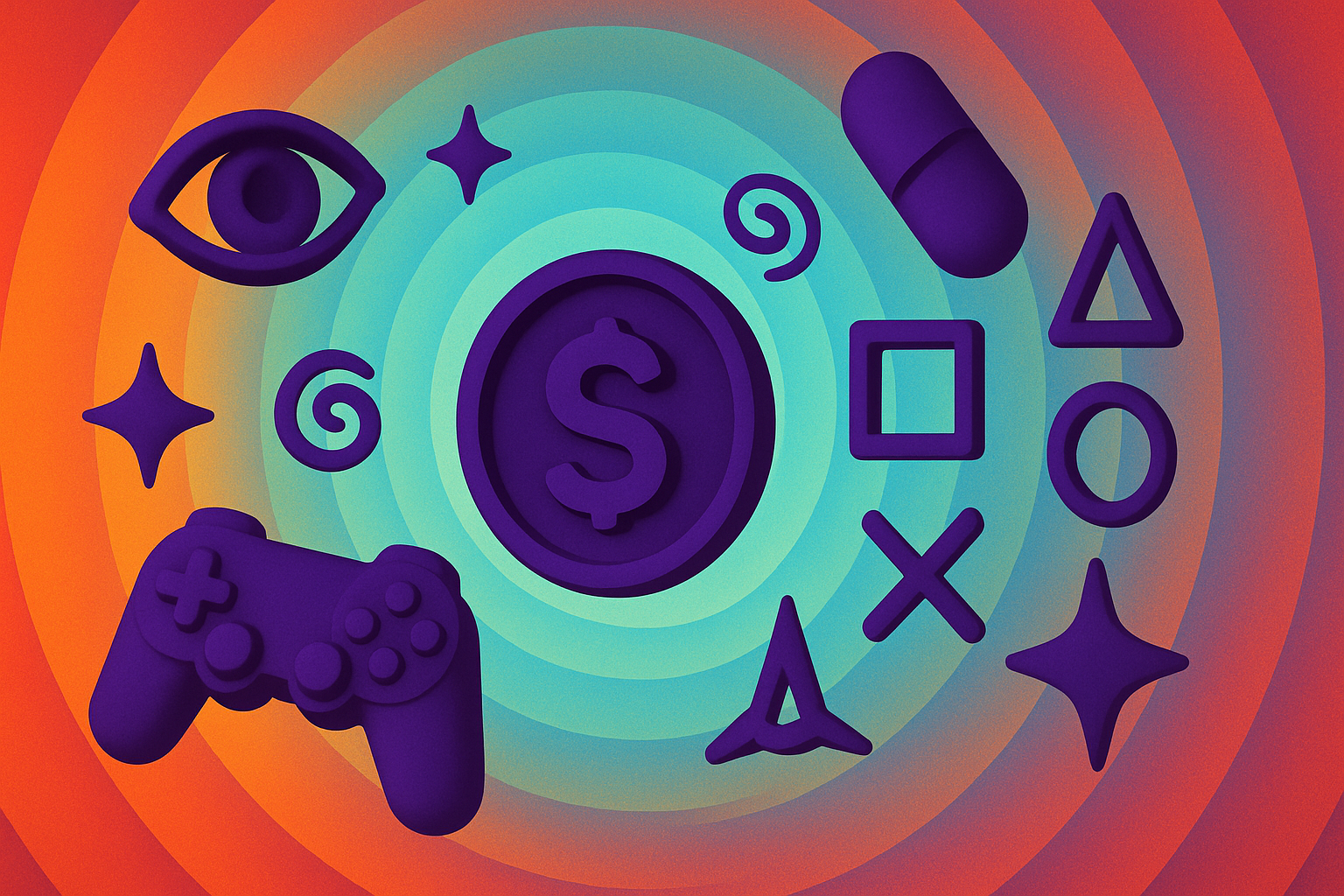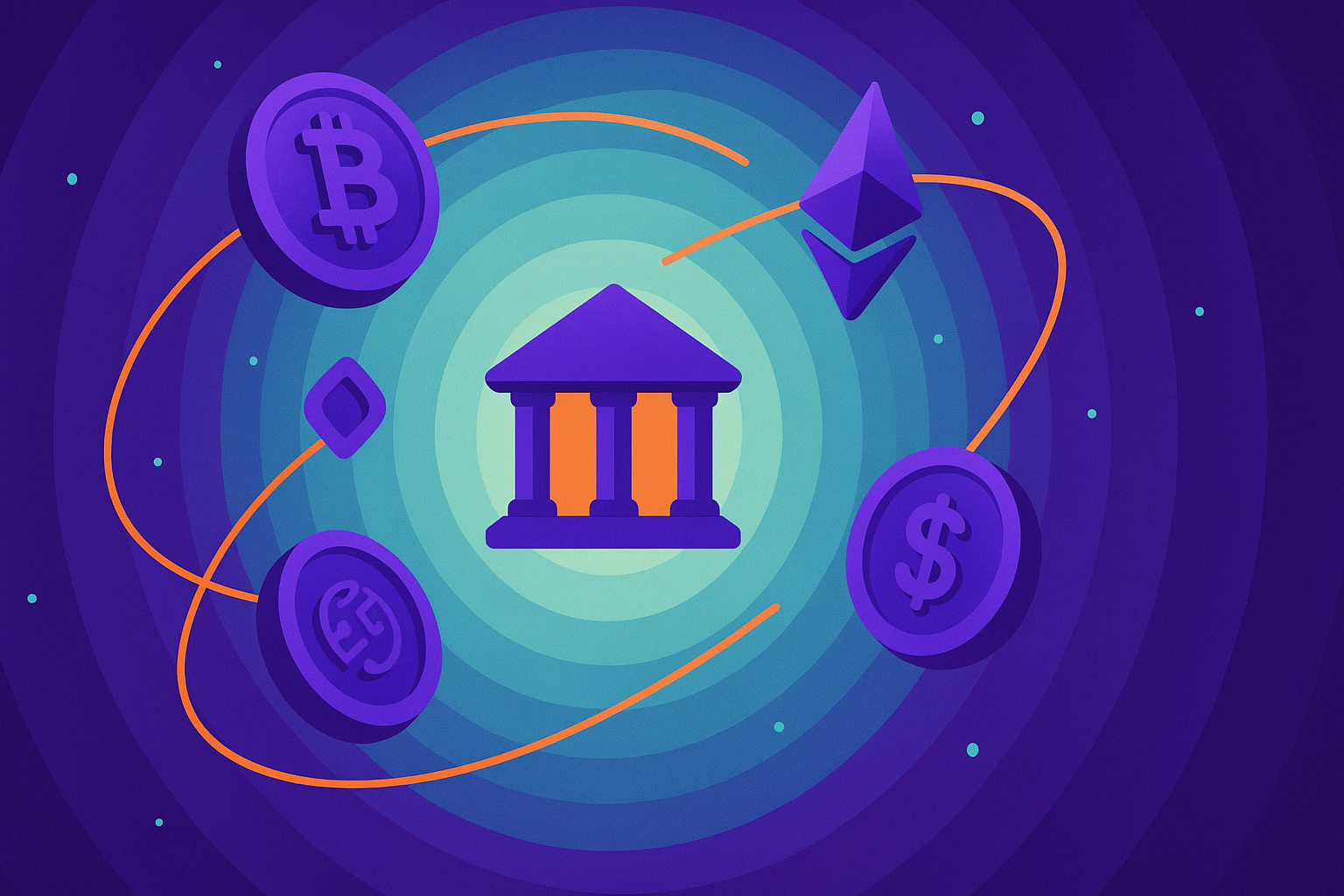If you’ve spent even a little time around Web3 or Play-to-Earn (P2E) games, you already know the story. A title exploded out of nowhere a couple of years ago, promising “earn while you play.” Early adopters rush in, NFT prices skyrocket, and for a few months, it feels like a revolution is happening. Then reality hits. The in-game economy collapses, rewards dry up, and most players move on.
The Current State of Web3/P2E Gaming
At its peak, back in 2021, the most popular NFT game, Axie Infinity, alone attracted over 2.7 million daily active users and generated more than $1 billion in NFT trading volume. In the Philippines, surveys shIs towed that over 40% of players tried Axie primarily to earn income, with some reporting earnings higher than local minimum wages. Similar stories echoed in Venezuela, Indonesia, and Nigeria, where P2E became a survival strategy during economic downturns. But the momentum didn’t last.
By 2023, the P2E market had sharply decreased. Daily active players dropped by over 90% across leading games, and token prices have collapsed. For many outside observers, it felt like the “Web3 gaming revolution” had burned out before it even started.
Players who entered for financial opportunity were left with unsustainable economies, while traditional gamers dismissed the entire sector as shallow cash-grabs disguised as games.
However, interest in blockchain gaming hasn’t disappeared; it’s shifted. Analysts from Business Research Insights now estimate that the broader GameFi market could reach $7.66 billion by 2033, but only if developers solve the core issues: fun, accessibility, and long-term sustainability.

Global Play-to-Earn NFT Games Market. Source: Business Research Insights
This is where Chainers comes in. Instead of repeating the same mistakes, it’s reinventing the social layer of gaming.
How Chainers Universe is Fundamentally Different
Chainers flips that narrative. Instead of forcing blockchain into a game as a publicity stunt to attract attention, it builds a gaming universe where the tech quietly serves the player.
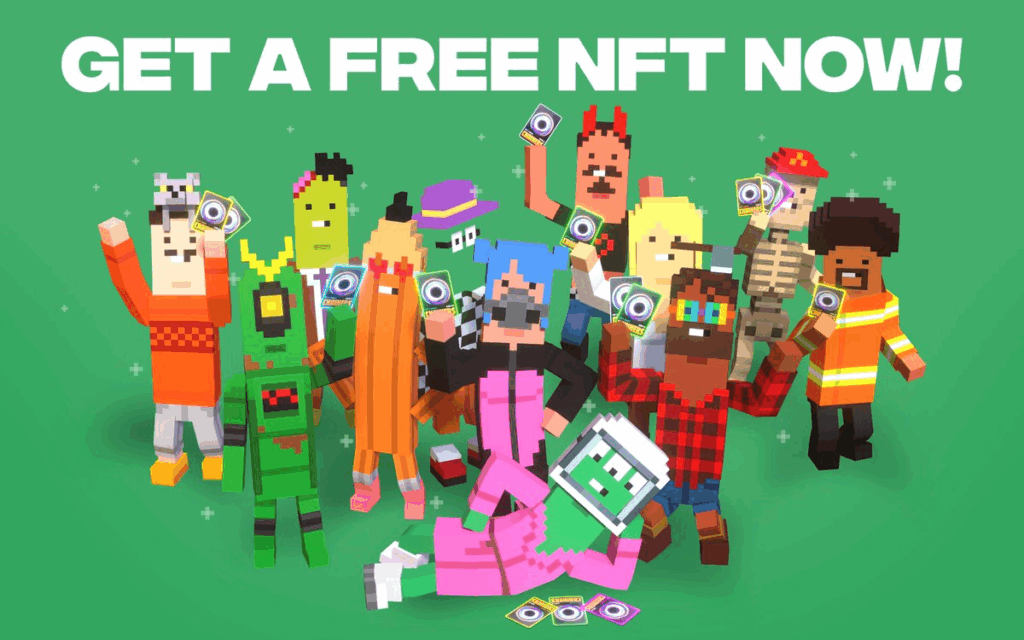
Image Source: Chainers
At its core, Chainers is a multi-genre, story-driven world where farming, combat, exploration, and social interaction blend. Every resource, character, or piece of land is an NFT, but not the kind that just sits in a wallet waiting for the market. These assets carry in-game value, progression, and utility.
What sets Chainers apart is that it feels like a real game first, and a Web3 economy second. The gameplay loop isn’t “log in, click button, cash out,” it’s “build, explore, cooperate, compete.” Players farming yield, and rebuilding a world together.
After the crash-and-burn of the first P2E wave, the market is looking for a model that respects gamers and collectors. The broader gaming industry has shown how massive a social ecosystem can become.
Remember the way Fortnite or Roblox grew, not just through gameplay, but by becoming shared spaces where millions hang out and create together daily.
Chainers is attempting a similar leap, with the additional power of blockchain-backed ownership.
Chainers joined the Immutable X
Against this backdrop comes the big announcement: Chainers has integrated with Immutable X, one of the most important blockchain infrastructures for Web3 gaming today.
Why does this matter? Because the single biggest complaint about blockchain gaming is friction. Setting up a wallet, paying gas fees, waiting for transactions to confirm, all of it interrupts the flow of play. If you’re trying to attract mainstream gamers, forget it, because they won’t tolerate such red tape.
Reducing Friction for Players
Immutable X solves exactly that, with gasless transactions and instant item transfers. It creates an environment where NFTs feel natural. The Immutable Passport makes onboarding as simple as signing up with an email and password.
- No need to install MetaMask.
- No need to buy ETH first.
- No steep learning curve.
Interoperability and Permanent Ownership
For Chainers, this partnership is more than technical convenience. The game’s vision has always been about permanence. This means your progress, assets, and digital identity will outlast any single game server and remain yours no matter what. Chainers ensures that the items you craft, the land you cultivate, and the avatars you design can carry far beyond a single game mode by plugging into Immutable’s ecosystem.
Scalability and Sustainability
With over half a million users already minting 25 million NFTs inside Chainers, the infrastructure has to handle serious volume. Immutable X provides the foundation for that growth without sacrificing speed or sustainability. On top of that, the platform’s carbon-neutral zkEVM aligns with the growing demand for eco-conscious blockchain solutions.
Seamless Gameplay Experience
For players, the practical difference is huge. Imagine trading a piece of land directly with another player in seconds, instead of waiting minutes for a blockchain transaction to finalize. That seamlessness is what makes the Web3 layer invisible. That’s the goal for Chainers, because the less you notice the blockchain, the more you play the game.
Cross-Game Utility
This move also positions Chainers within a larger network of Web3 titles betting on Immutable as the backbone of the next gaming wave. That creates potential for cross-game assets that aren’t just tied to one world, but can matter across multiple universes.
The “Aha Moment” that led to Chainer’s Innovative Approach
Every successful game has that spark, the moment when its creators realize what problem they’re really solving. For Chainers, that “aha moment” wasn’t about NFTs or yield farming. It came from recognizing something more human: people don’t just want to play, they want to belong.
The founders looked at the decline of the P2E boom and noticed a strange paradox. On one hand, millions of players had proven they were willing to grind for tokens or NFTs if there was real-world value. On the other hand, those same players dropped out as soon as the economics collapsed, because the worlds themselves turned out to be empty.
What if a game could combine the stickiness of community-driven MMOs with the ownership mechanics of Web3? That was the breakthrough.
The core principle became “fun-first, earn-second.” The blockchain layer should enhance gameplay, not dominate it. Assets should feel like meaningful extensions of your character and progress. This idea might sound simple, but in Web3 it’s almost radical.
That philosophy shaped everything about Chainers’ design. Instead of saying “we’ll build a game around a token,” the team asked: What would make someone want to log in every day, even if tokens didn’t exist?
The answers were an evolving storyline, a sense of progression, the joy of customizing avatars, the thrill of sharing space with others, and the pride of achieving something.
From that point, Chainers positioned itself as a social-first Web3 universe.
Inside the Universe – Product Deep Dive
Players start signing up for Chainers with no confusing wallet setup, just an OR Immutable Passport, and you’re in. The game greets you with a free NFT pack with a custom jacket or a quirky helmet. Plus, from the very first login, you receive daily free NFTs, a feature that players consistently highlight as a favorite.
You can style and equip your avatar with items, minted as NFTs, which become part of your progression. A customized skin or crafted item contributes to in-game performance.
The lore — crash-landing on Planet Earth, where you step into the settlement, a fledgling camp of survivors. Around you, players are tending farms, and chatting in the plaza.
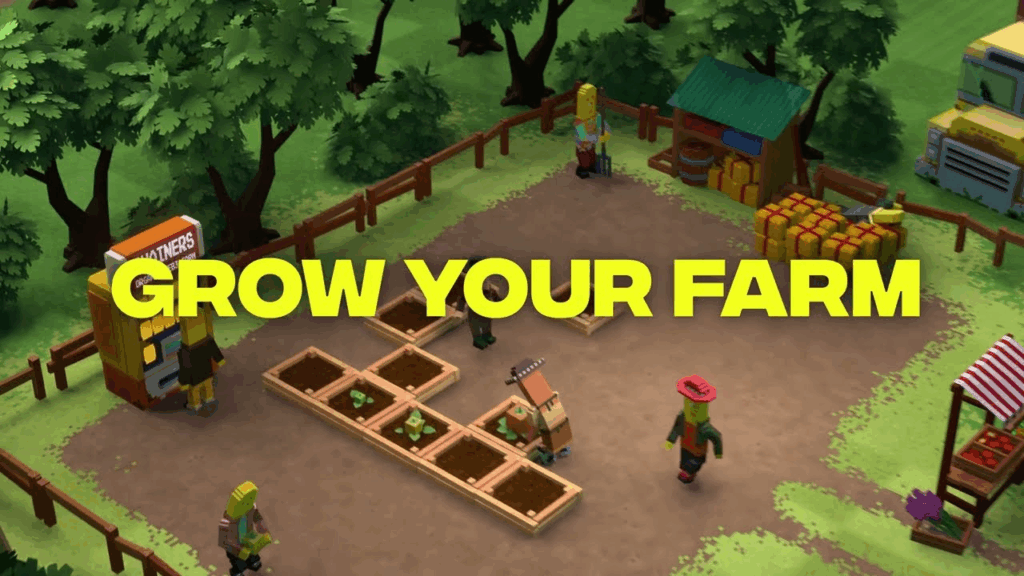
Image Source: DappRadar
Soon, a scout calls for volunteers to head beyond the settlement walls. You join the group, trekking into unknown forests, gathering resources, and mapping the terrain. Later, back at camp, those resources feed directly into the community pool.
Every resource, farmed crop, or mined material has a purpose within the universe. Sell it, trade it, or use it to level up.
Then night falls, and the arena lights up. Warriors gather, testing their skills against rival players.

Image Source: NFTplazas
The settlement on Planet Earth evolves based on collective player actions. Farming adds to the council’s food pool, scouting expands the map, and arena victories bring glory to the community.
Chainers don’t lock players into one type of play. You might be farming during the day, venturing into wild territories as a scout, or competing in the arena at night. Each role feeds back into the larger community effort to survive and grow.
All of this happens without you thinking about gas fees or blockchain transactions. Rewards arrive instantly, trades finalize in seconds, and the focus stays on the game.
Final Words on Chainers
What sets Chainers apart is that it feels like a real game first, and a Web3 economy second. The gameplay loop isn’t “log in, click button, cash out,” it’s “build, explore, cooperate, compete.” Players farming yield, and rebuilding a world together.
Blockchain gaming has had its ups and downs, and it turns out that tech alone isn’t enough. People want worlds that feel alive, communities that matter, and progress.
That’s exactly the space Chainers is carving out. It builds a universe where fun comes first, and ownership fits naturally, by mixing familiar Web2 gameplay with a Web3 economy. The blockchain isn’t in your face, providing instant trades, no gas headaches, and letting the game expand smoothly.
Games like Chainers provide shared ecosystems, creative outlets, and digital spaces with the community at the heart of it all. Will more games manage to create worlds that players want to live in?
Chainers isn’t waiting for that answer; it changes the way we think about what a game can really be.


